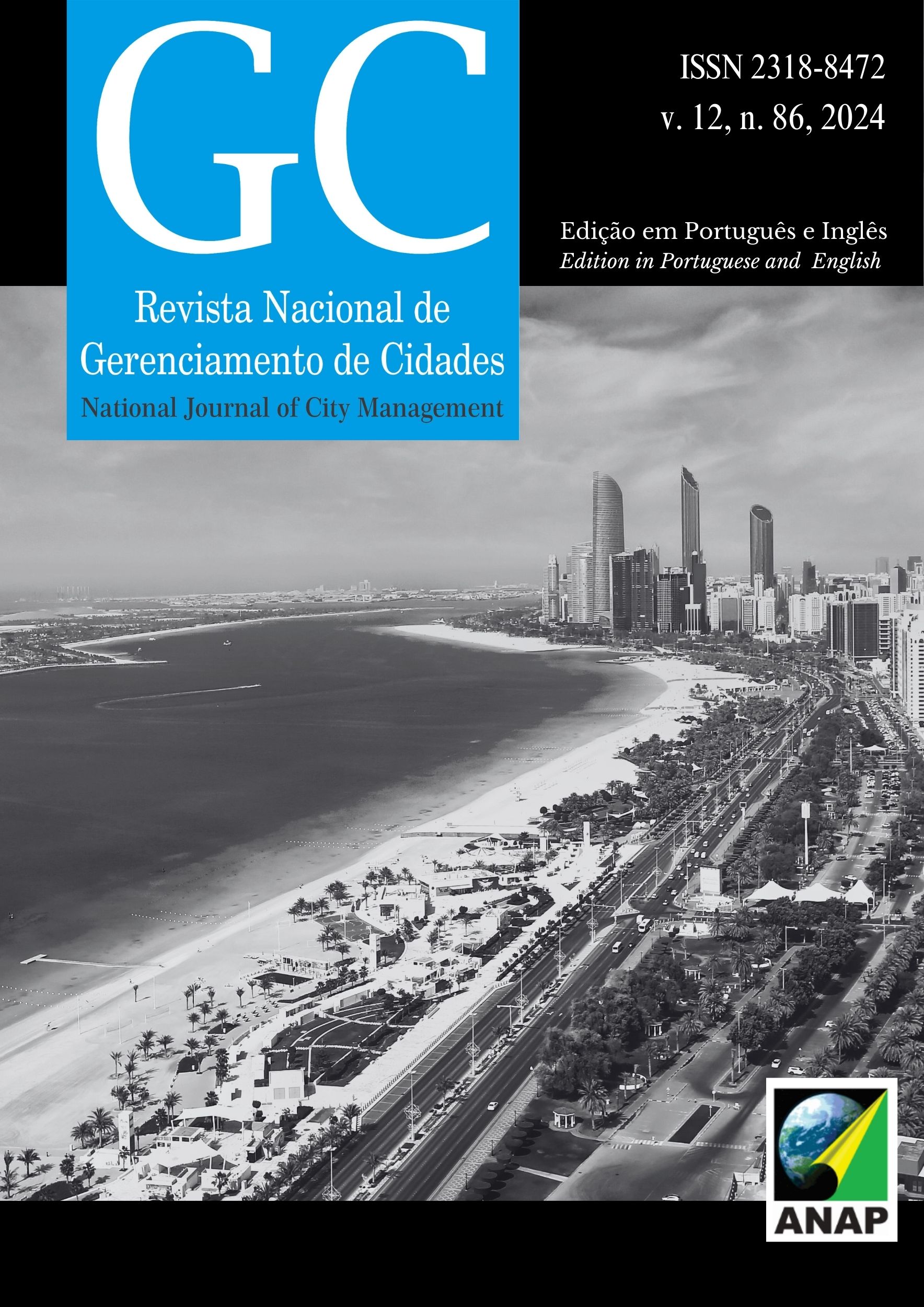Effects of surface roughness on natural ventilation variability in urban canyons in a tropical savanna climate
DOI:
https://doi.org/10.17271/23188472128620245307Keywords:
Urban climate, Urban planning, Urban morphology, Bioclimatic urbanism, ENVI-metAbstract
This article analyzed the effects of surface roughness on the variability of natural ventilation within urban canyons, based on the variation of two morphological parameters: The H/W ratio, based on the space between buildings, and the orientation of the roads (N = 0°/ N = 45°). As an object of study, the city of Arapiraca, with a tropical savannah climate (As), located in the semi-arid region of Alagoas, is located. The methodology adopted was based on predictive analysis, through computer simulation, using the ENVI-met v.4 Beta software. 18 hypothetical urban scenarios were elaborated, which varied in terms of the application of initial and progressive minimum setback to the number of floors, with incidence of predominant perpendicular (N = 0°) and oblique (N = 45°) ventilation to the buildings, for the hot and dry period. The climatic performance of the canyons was evaluated, quantitatively and qualitatively, through wind speed and direction data at 3 p.m., at a height of 1.5 m from the ground. The results showed that the scenarios with low surface roughness, with the application of progressive setback, buildings of different heights and incidence of the predominant oblique ventilation to the buildings, presented more favorable conditions for the use of natural ventilation for thermal comfort outdoors, at the pedestrian level. In view of the results found, the need for urban planning guidelines that are aligned with local bioclimatic strategies and the precepts of urban sustainability and resilience is highlighted.
Downloads
Downloads
Published
Issue
Section
License
Copyright (c) 2024 National Journal of City Management

This work is licensed under a Creative Commons Attribution 4.0 International License.














